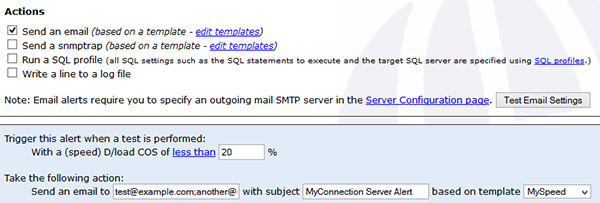

the command may be disabled for that network by the sysadmin. Request timed out means that the host you're pinging might be: down or unreachable behind a firewall that drops your ICMP echo request packets. IP Address: The IP address associated with the Name. It is a common thing and also does not mean there is trouble with connectivity. Sometimes the FQDN can't be found and only IP address displayed. Many times the FQDN may provide an indication of where the hop is physically located. Name: The fully qualified domain name (FQDN) of the system. This does not necessarily mean packet loss as many Internet routers may intentionally discard ping commands. Round Trip Time (RTT): This value also called latency and displays the time (in milliseconds) which packet takes to get to a hop and back.Īsterisk (*) under RTT means that the packet did not return. Number: This column is simply the number of the hop.

The traceroute hop consists of four tabs: This is why it is imperative that we see the entire traceroute ourselves. Please also note that even if the problem seems to occur closer to Intermedia's end, it may actually be a problem at your ISP. If you have been instructed by Support to conduct this test, we will tell you what hostname to test for.If you are having trouble accessing Intermedia's web site, the traceroute should be to the web site's URL address.If you are a Hosted Exchange email customer, you can use the hostname for the server specified in your email account settings for the email program you are using.Note: the hostname should be replaced with whatever site is not working for you. Send us the complete results (every line) for analysis.Hostname is the name of the server connection you are testing. See the section Determining hostname below for help with the hostname. You can then open this file and paste the contents into your email message to Support. This writes the command results to a text file named trace1.txt in the root of your C:\ drive. If you have difficulty copying the traceroute information, or if it runs off the screen, you can type this command instead: You can now paste it into a document and send to Support. Select tracert results using your mouse cursor and right-click on it to copy into clipboard. It will generate a list of the connections along the way and some information about the speed of the steps along the way. You may have to wait up to a minute or more for the test to complete.Where hostname is the name of the server connection you are testing. See the section Determining hostname below for help with the hostname. With a cursor blinking next to the > symbol. This will bring up a command prompt window.There is also brief information on how to read the traceroute results. This article includes instructions for Windows, Mac and Linux. If the problem is no longer occurring, you will have to wait until the next time the problem occurs (if there is a next time) before running your traceroute. Therefore, you should try to connect to your site again just before you run it. A trace when you are able to connect, or one from another computer, is not helpful. Note: To be effective, the traceroute MUST be run during a time when you are experiencing the problem, from a computer that is experiencing the problem. It allows us to diagnose the source of many problems. A traceroute is a function which traces the path from one network to another.


 0 kommentar(er)
0 kommentar(er)
